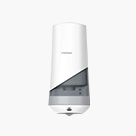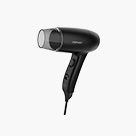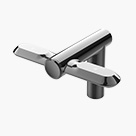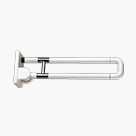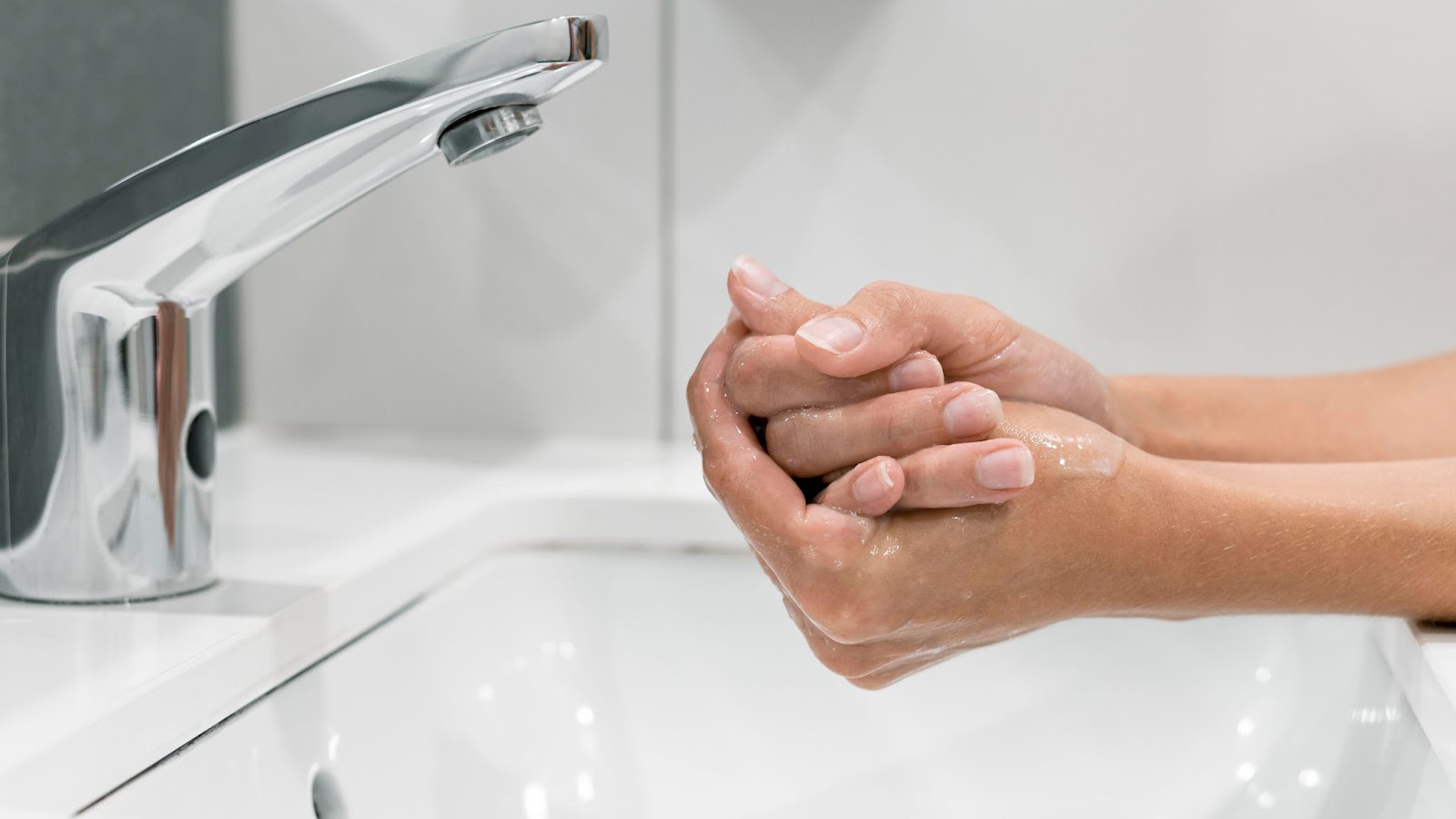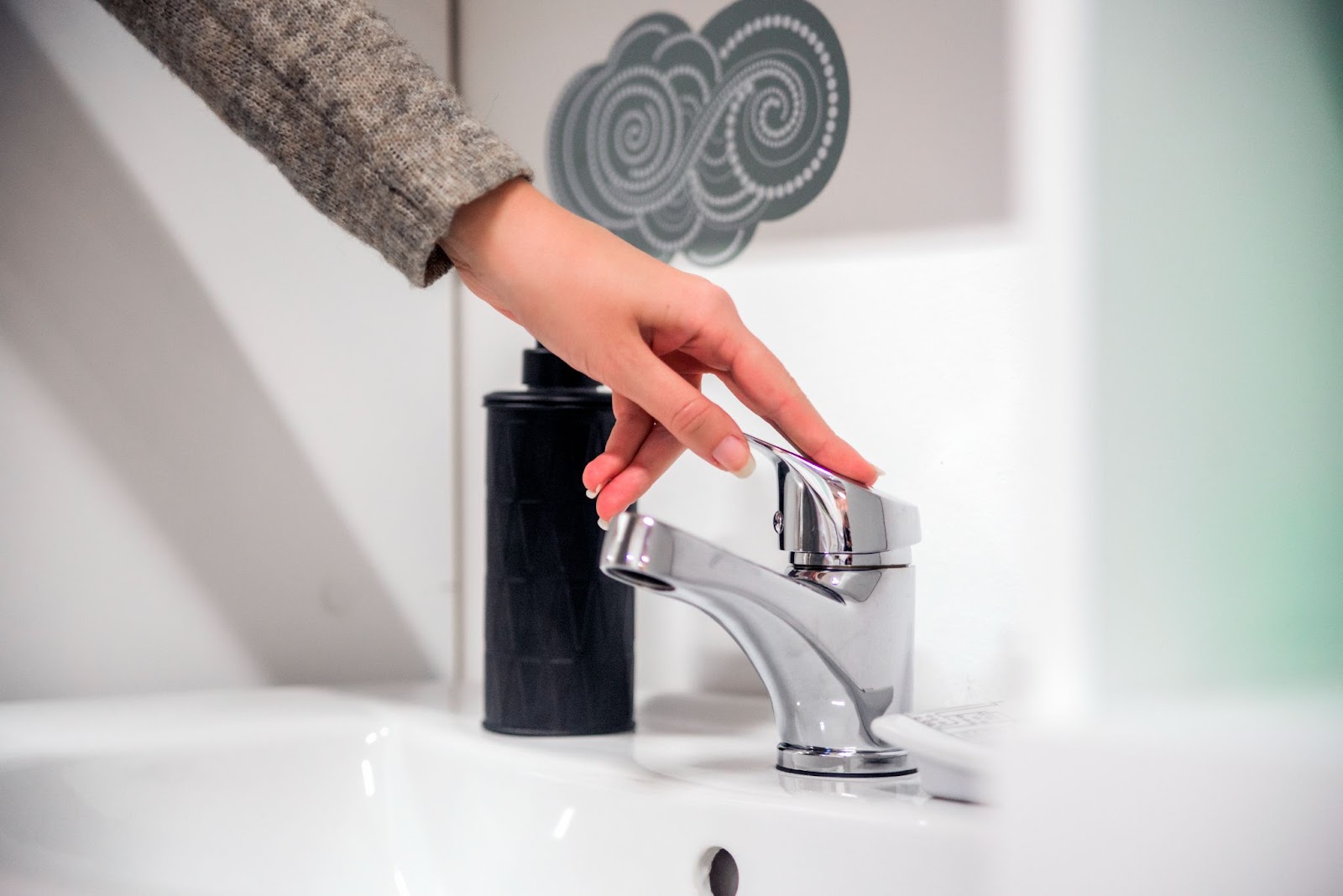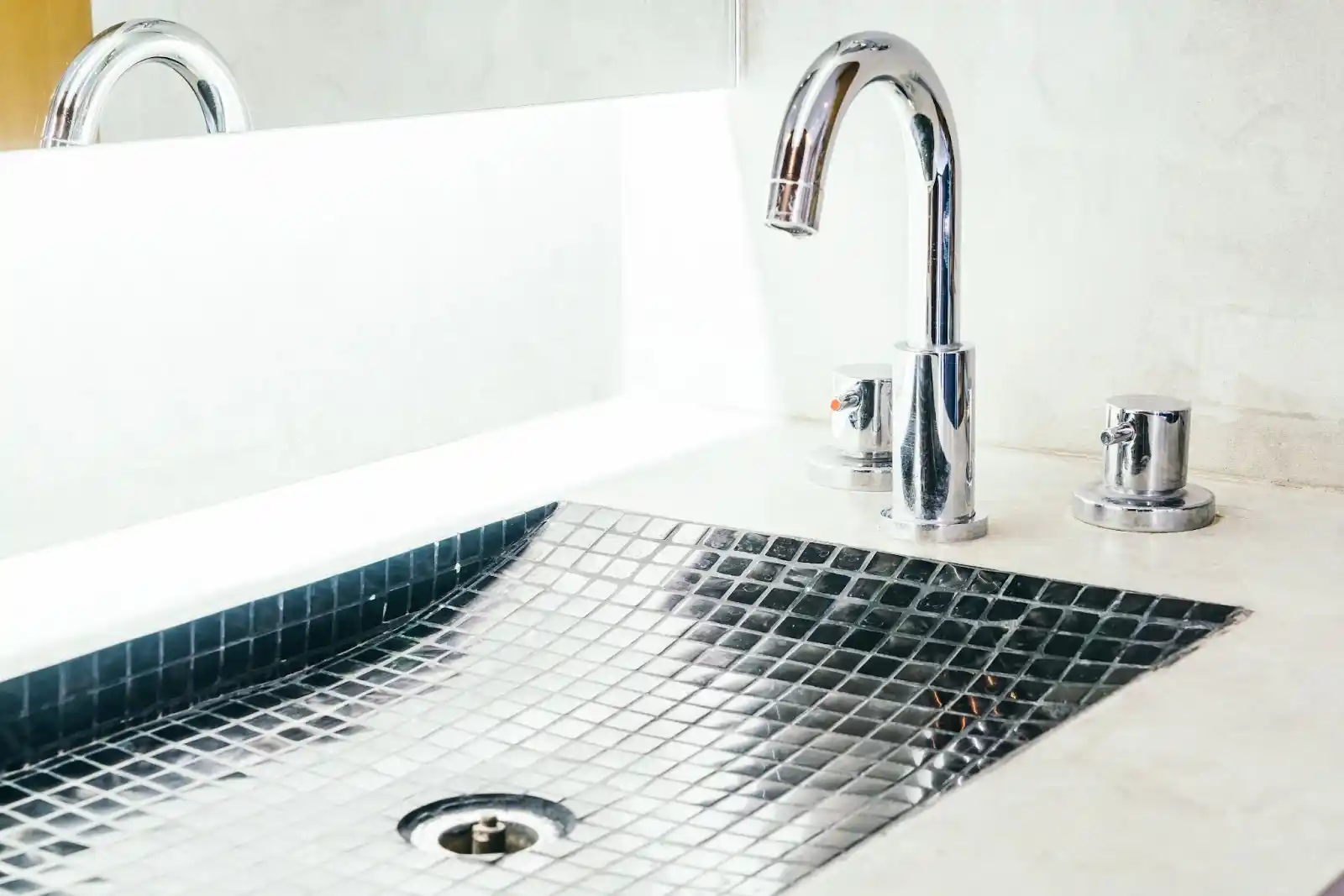Have you ever wondered why sensor faucets range from $50 to over $200? Whether you’re a factory manager, buyer, or sustainability enthusiast, this guide breaks down the key costs of making sensor faucets and how to save money without cutting corners.

Key Takeaways
- Design Wisely: Focus on essential features.
- Choose Materials Carefully: ABS plastic works for most uses.
- Invest in Automation: Robots save time and money.
What Goes Into Sensor Faucet Costs?
1. Designing the Faucet
Designing a reliable sensor faucet isn’t cheap. Here’s why:
Sensor Technology: Infrared sensors (used in 80% of models) cost $8–$12 per unit, while advanced capacitive sensors cost $15–$20. These sensors play a crucial role in ensuring touchless operation, making them indispensable in high traffic commercial environments such as healthcare facilities and office buildings. Their advanced sensor technology helps in maintaining hygiene by minimizing germ spread and cross contamination in busy restrooms.
Certifications: Meeting standards like WaterSense (for water efficiency) or NSF/ANSI 61 (for safety) adds $2,000–$5,000 in testing fees. These certifications are vital for ensuring the faucets are ADA compliant and suitable for commercial restrooms, providing a hygienic solution that conserves resources and reduces water waste.
Example: A 2022 study by Freedonia Group found R&D costs consume 10–15% of a sensor faucet’s total budget. This investment is essential for developing faucets with a sleek design, perfect for modern commercial spaces, ensuring a convenient handwashing experience in high traffic areas.
Moreover, the design phase often incorporates elements like touchless soap dispensers and automatic soap dispensers, which complement the sensor faucets in enhancing hygiene and providing an eco-friendly, user-friendly design. The integration of these elements into the overall faucet design
2. Materials Matter
What the faucet is made of directly impacts its price:
Electronics:
Control boards: $5–$10 (basic) vs. $20–$30 (IoT-enabled). These control boards are the brains of the sensor faucets, responsible for processing the signals from the sensor and controlling the solenoid valves to ensure precise water flow. IoT-enabled boards offer advanced connectivity features, allowing for remote monitoring and management, which can be particularly beneficial in high traffic commercial environments.
Solenoid valves (to control water flow): $12–$25. These are crucial components that regulate the water flow in response to the sensor’s signals. High-quality solenoid valves ensure reliable operation and minimize maintenance needs, making them ideal for busy restrooms and commercial settings where consistent performance is essential.
Housing:
ABS plastic: $3–$5 per unit. ABS plastic is a cost-effective material that provides durability and resistance to impact, making it suitable for commercial applications where the faucets are subject to frequent use. Its lightweight nature also contributes to easier installation and maintenance.
Stainless steel: $15–$30 per unit. It offers superior durability and an elegant design, making it a popular choice for commercial touchless bathroom faucets. Its resistance to corrosion and tarnishing ensures a long-lasting, sleek appearance, ideal for modern design aesthetics in high-traffic commercial spaces. Additionally, stainless steel’s ability to withstand harsh cleaning agents makes it a practical choice for maintaining hygiene in commercial restrooms.
3. Labor & Production
Where you make faucets changes costs dramatically:
Labor Costs Per Hour:
| Region | Cost |
|---|---|
| China | $5–8 |
| Vietnam | $3–5 |
| Germany/EU | $20–30 |
The difference in labor costs across regions greatly affects the cost of making sensor faucets. Here’s a simple breakdown:
China & Vietnam: Lower labor costs make it cheaper to produce faucets, which is why many factories choose these locations.
Germany & EU: Higher labor costs due to stricter laws and better living conditions can result in higher-quality production for premium models.
Automation Savings:
Using robots in factories can cut assembly costs by 25% (Source: McKinsey, 2023).
Benefits of Automation:
Cost Reduction: Helps reduce labor costs and increases production speed.
Consistency & Quality: Ensures tasks are performed accurately, which is vital for maintaining faucet quality.
Waste Reduction: Minimizes defects and waste, making the process more cost-effective.
Flexibility: Allows quick adjustments to production demands, like scaling up for busy commercial areas or customizing designs for specific uses.
Part 2: How to Save Money on Production
Smart Cost-Cutting Tips
Bulk Buying: Ordering more than 10,000 sensor modules can save you 15–20% per unit. Buying in bulk not only lowers the cost per item but also ensures you have enough parts to keep production running smoothly. Building good relationships with suppliers can also help you get better deals and save even more money.
Simplify Designs: Leave out extras like LED lights or unnecessary Wi-Fi to save $8 per faucet. By keeping designs simple, you can cut costs without losing important features. Fewer parts mean quicker assembly and less chance of something going wrong, which can save time and money in the long run.
Go Hybrid: Use machines for assembling electronics and have people do the quality checks. This mix of automation and human oversight ensures that each faucet works well. Machines handle repetitive tasks, while people can spot any issues. This approach also allows for flexibility in production, making it easier to adjust to demand
.
Avoid These Hidden Costs
Battery Replacements: Lithium batteries last over 5 years and cost $4–$6, compared to disposable ones that need yearly replacements at $1–2. Choosing lithium batteries reduces how often you need to replace them, saving time and effort, especially in busy areas.
Repair Costs: Cheap solenoid valves break twice as fast, costing $50–$100 per repair. Spending a bit more on quality valves can prevent frequent breakdowns and repairs, keeping faucets working well for longer and making customers happier.
Part 3: Case Studies
Budget vs. Premium Models
| Feature | Budget Model | Premium Model |
|---|---|---|
| Sensor Type | Basic Infrared ($10) | ToF Laser ($35) |
| Housing | ABS Plastic ($4) | Stainless Steel ($25) |
| Certifications | None | WaterSense + NSF 61 |
| Total Cost | $25–35 | $90–120 |
Data sourced from industry manufacturer quotes (2024).
References
Freedonia Group. (2022). Plumbing Fixtures Market Report.
EPA. (2023). WaterSense Certification Requirements.
McKinsey & Company. (2023). Automation in Manufacturing.
About the Author
John Doe is a certified supply chain analyst with 10+ years of experience in plumbing hardware manufacturing. He has partnered with NSF International and WaterSense to optimize product designs.
Need Help?
📞 Contact us for a free cost breakdown tailored to your needs.







